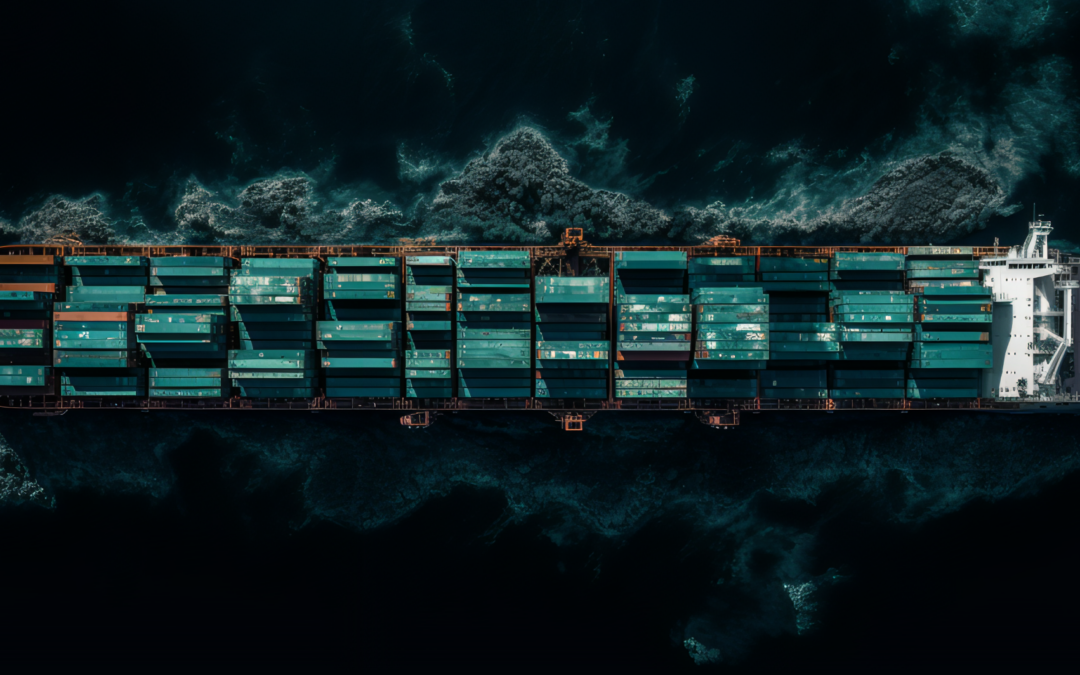The logistics sector is characterised by its cyclical nature and thin margins, compelling logistics firms to maintain low costs to withstand the downturns and often leaving them under-resourced during upswings.
Compounding the challenge, the industry often deals with the transportation of hazardous goods, necessitating meticulous attention to detail to avert disasters. This situation culminates in an industry teeming with communication and awash in data.
The overwhelming amount of information leads to supply chain managers receiving up to 44,000 emails annually, making it arduous to discern the current status of operations. A lack of comprehensive visibility and transparency over operations is a common issue throughout the supply chain.
With as many as 90 different entities involved in a trade lane, a third-party logistics provider (3PL) could be managing over 120 email threads for each shipment. Each party employs their own, often incompatible, systems, complicating efficient information exchange. Consequently, the industry typically resorts to emails with attached Excel reports in an attempt to depict the current situation.
LogChain’s solution to the communication conundrum in logistics
LogChain tackles this communication hurdle by enabling every company in a trade lane to communicate effectively and efficiently.
We accomplish this by developing an information layer that integrates every company’s systems, showcasing the real-time status of every shipment.
Upon setting up a trade lane in LogChain, all different parties involved are incorporated. For instance, if we are shipping steel from Antwerpen to Port Klang in Malaysia, we establish a trade lane between the two ports. Then we include:
- Steel Supplier in the Netherlands
- Freight forwarder in Belgium
- Warehouse in Antwerp
- Trucking company to transport goods from the Dutch Steel supplier to the Antwerp warehouse.
- Container depot in Antwerp
- Packing Company to stuff the container in Antwerp
- Shipping Line
- Trucking Company in Antwerp to bring the container to the Quay.
- Port of Antwerpen for loading the container.
At the destination, a similar number of stakeholders are involved in unloading the container and delivering it to its final destination.
Facilitating system-to-system communication
Each of these companies employs their own ERP and management systems which currently do not communicate with each other. Due to the multitude of customers and consignees for each company, establishing costly integrations with each doesn’t yield a significant ROI.
LogChain seamlessly integrates with every system – either through an API or a straightforward user interface.
Instead of depending on information being transferred sequentially from one company to the next, the information is loaded onto LogChain.
Real-time information sharing on a need-to-know basis
All parties involved in the trade lane can access this information in real-time to guide their systems and processes. Information can be extracted from LogChain via the API and injected into your own systems. This significantly cuts down the communication overload and delay between a key event occurring and informing all the relevant parties.
Moreover, every action in LogChain is time-stamped using distributed ledger technology, providing absolute certainty about the recorded data, the source, and the time.
Efficient dispute resolution
This approach facilitates swift dispute resolution. For instance, consider a customer aiming to cancel a shipment at the eleventh hour. When they process the cancellation request through LogChain, the date and time are immutably stamped on the ledger. Concurrently, the container’s status up to the point of FOB the vessel is also time-stamped. If this event occurs prior to the receipt of the cancellation request, the ownership of the goods has already transferred to the consignee at the time of the cancellation request.
A real-life scenario, similar to the one described above, had escalated to the High Court of Malaysia and necessitated over two years to reach a resolution due to the challenge of establishing the precise sequence of events. LogChain’s unique ability to record and timestamp every action, thereby providing a clear, undisputed timeline, eradicates much of the ‘he said, she said’ confusion. Consequently, this significantly expedites problem resolution, enhancing the efficiency and productivity of the entire logistics chain.

